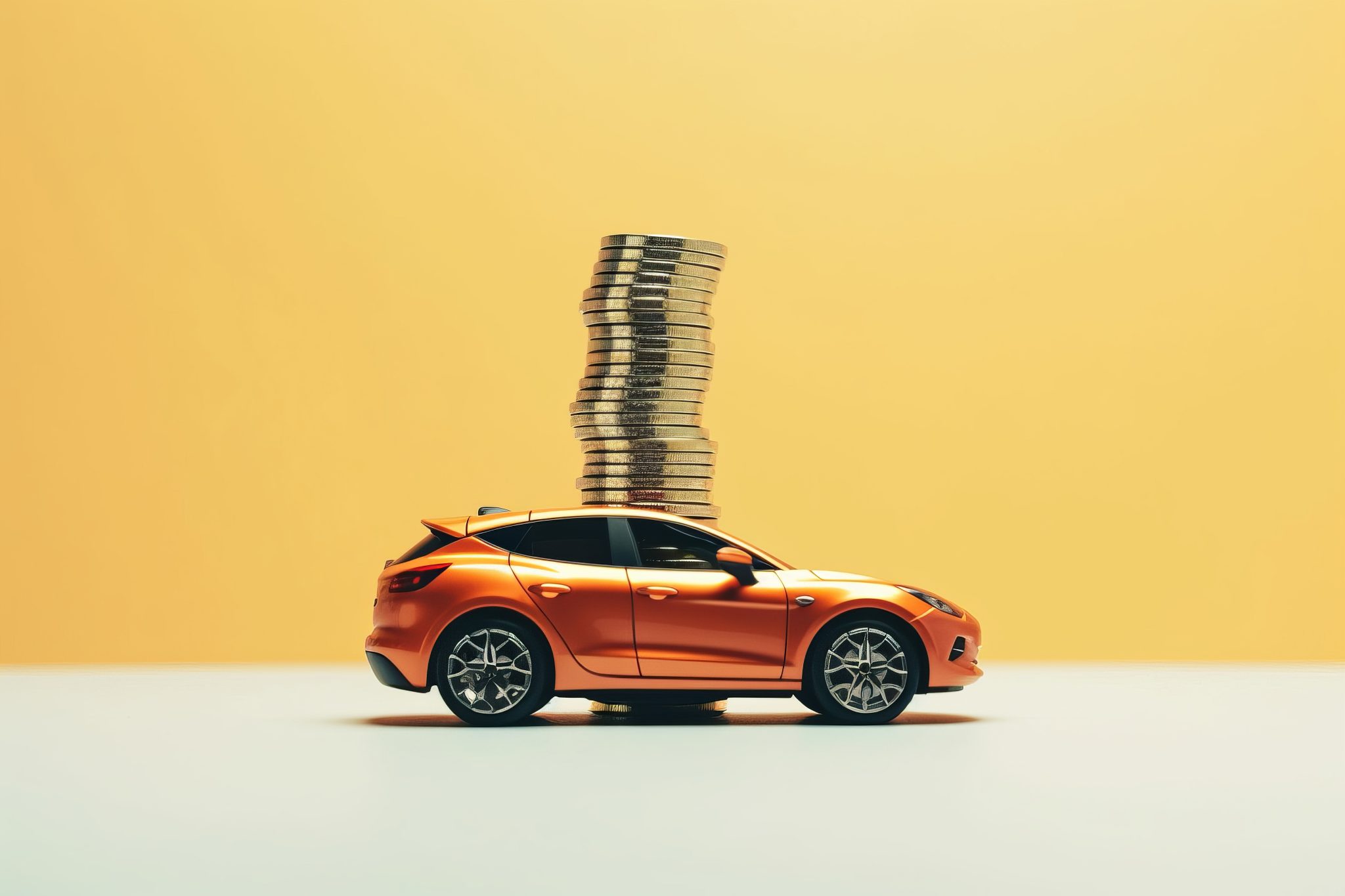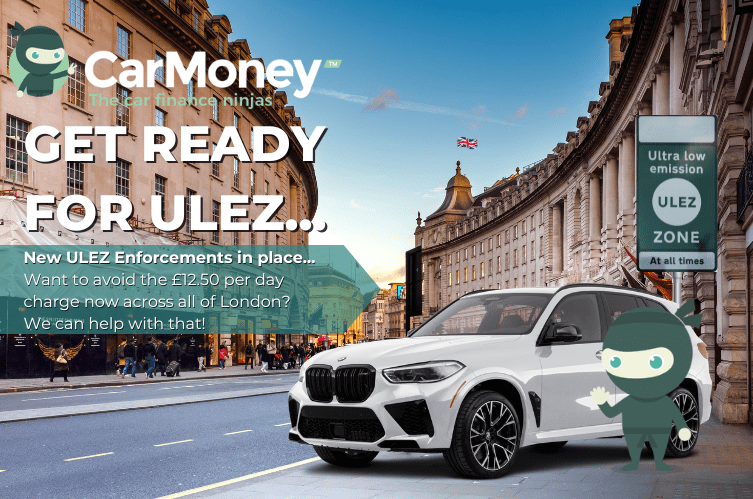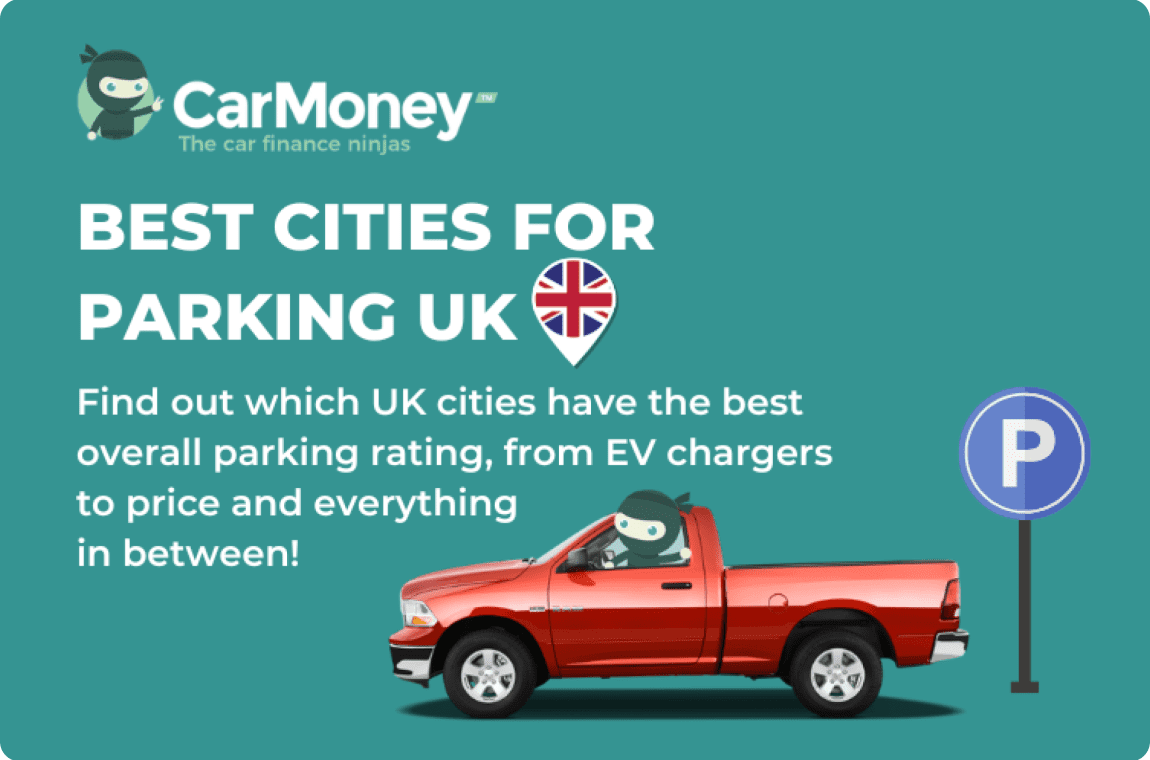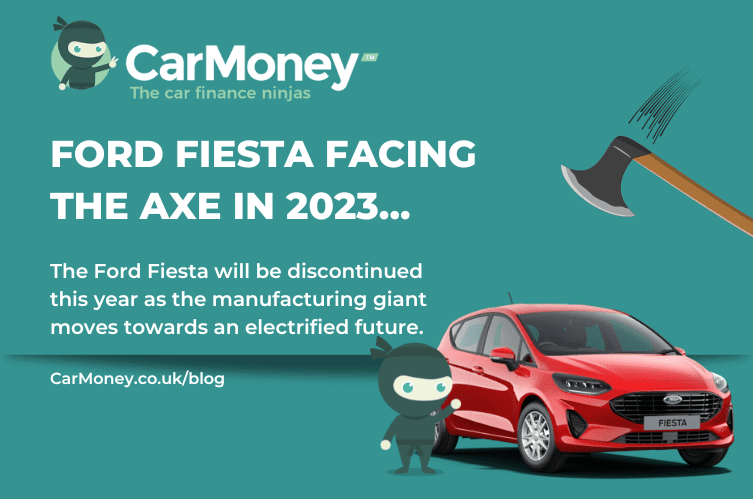What is APR?
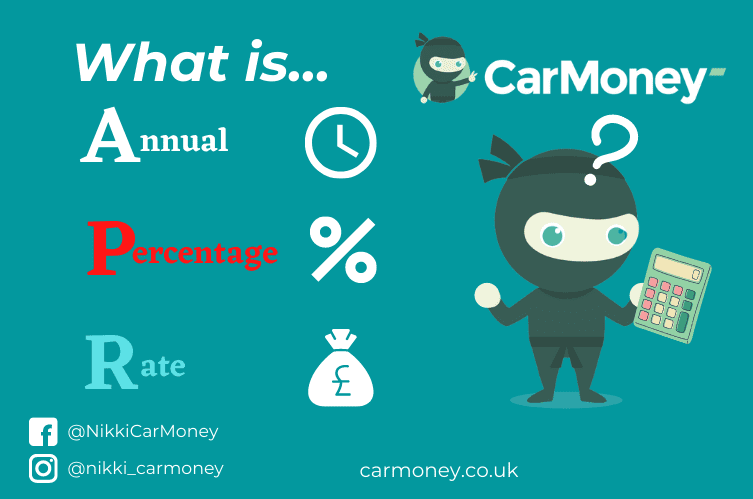
Buying a car on finance can sometimes be a headache. You’re offered a great deal, only to apply and find out it’s not as good as you were led to believe. More confusing still is working out the interest rates set by finance companies and what ‘APR’ is all about. Let’s shed a little light on what that actually means.
Everything you need to know about APR
Annual percentage rate (APR) is the official rate used to help you understand the cost of borrowing. It takes into account the interest rate and additional charges of a credit offer. All lenders have to tell you what their APR is before you sign a credit agreement.
APR is used for comparing credit cards and unsecured loans and is expressed as a percentage of the amount you’ve borrowed. For example, a personal loan with a 15% APR should be cheaper than one with a 17.5% APR, although you should always check the terms and conditions.
It’s worth noting that APR only includes compulsory charges. Some fees, such as payment protection, may not be taken into account, so you should always read the terms and conditions carefully before applying for credit.
All car finance lenders are required to show a representative APR in their advertising. This is the APR that they expect more than half of all applicants to get if they took up the offer. You’ll normally find the representative APR alongside a representative example, to help make the process even clearer. Bear in mind that your personal APR may differ from the representative APR depending on your circumstances.
What is 0% APR?
Finance deals advertised as being 0% APR – or interest-free – mean you won’t be charged interest on the amount you borrow. With a 0% deal, you’ll only have to pay a deposit, followed by a series of monthly payments. In the context of car finance, both Personal Contract Purchase (PCP) and Hire Purchase (HP) agreements can be offered with 0% finance.
What does Representative APR mean?
Because we all have different credit profiles, not everyone is offered the same APR when they borrow money. This makes things awkward when a lender wants to advertise a particular offer. How can you show what people can expect to pay back and stay fair?
Representative APR tries to sort this. It looks at the lowest APR that a particular lender will offer to 51% of people who are accepted. So let’s say you see an advert for a hire purchase loan that offers 9% APR, this means that 51% of people who are accepted for that loan can get it at that rate or better. The other 49% are accepted but are likely to be offered a higher APR.
How is exact APR different?
With exact APR, what you see is what you get. So, when you apply for car finance, the APR that you see is what you’ll get when the loan is agreed. Exact APR is tailored to your personal finance and your credit score.
While this rate can be higher than a lot of representative APRs that you might see advertised, it’s more accurate. There are no hidden charges, so you’ll pay exactly what you expect to pay.
What is real APR?
‘Real’ APR is the interest rate you actually have to pay, rather than the advertised representative rate. This is calculated by the lender, based on how ‘risky’ a borrower they perceive you to be. They decide this based on various sources of information, including:
1. Your credit history
2. Your financial situation
3. Any dealings that you’ve had with the lender in the past.
The better these factors are, the more stable you appear to a lender. So, this means you’ll likely be seen as ‘low risk’ and be accepted for credit with the lowest APR.
APR on New Car Finance
As well as 0% APR (also known as interest-free credit) offers, manufacturers typically offer low-interest deals on new cars, so you might be offered finance at 2.9% or even 1.9% APR, which would result in you paying very little interest.
However, new cars nearly always come with dramatically higher list prices than even a one-year-old equivalent, so they may still cost you substantially more per month than a cheaper car with a higher APR charge, as the amount you’re financing is likely to be substantially higher.
APR on Used Car Finance
Without the manufacturer finance discounts that are offered on new cars, you’re extremely unlikely to find 0% APR finance on a used car – and if you do, the cash price is likely to be very high to compensate for what the dealer or finance company loses by not charging interest. However, competitive APR figures are still available.
Make sure you compare the APR available to get a truer picture of what you’re paying rather than the lower ‘interest rate’, which doesn’t include all the charges that may be issued when taking out finance.
How do I get lower APR rates?
Car’s age:
The age of the car can have an effect on the APR you will pay. New cars do have the option of zero-interest finance agreements. This is obviously a trade-off because a new car is likely to be more expensive to buy.
The older the car, the higher the interest rates are likely to be. If you wish to have a low APR, consider getting a new or a nearly-new used car. The likelihood of being accepted on a zero-interest finance package is low for the majority of people, but obtaining a low APR is possible for everyone.
Length of the deal:
The length of your finance agreement will affect the amount of interest you will pay. The longer the agreement, the more interest you will pay. The shorter the agreement the more you will save as long as you can afford to pay the monthly amounts. In some cases, with the average agreement now lasting 60 months, you could end up paying more in interest than the car is actually worth when you first finance it.
Your credit score:
The primary determinant that affects the APR on your finance package is your credit rating. All finance applications trigger a credit check and if you do not have enough points on your score, you will be rejected. If you are rejected, do not keep applying until you have worked out why you were rejected in the first place. Each credit check can knock points off your score if done too often and too close to each other.
Is APR and Interest Rate the same thing?
Most car loan contracts list two rates, your APR and your interest rate. Interest rate is the lower of the two rates and represents the cost per year of borrowing money – NOT including fees or interest accrued to the day of your first payment.
APR is the higher of the two rates and represents the total cost of financing your vehicle per year (as a percentage), including fees and interest accrued to the day of your first payment.



